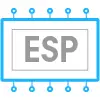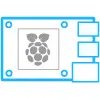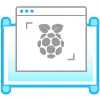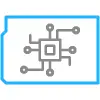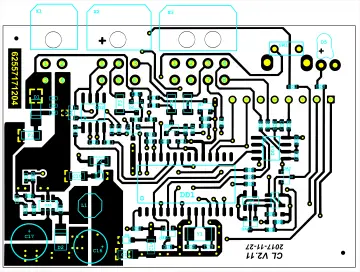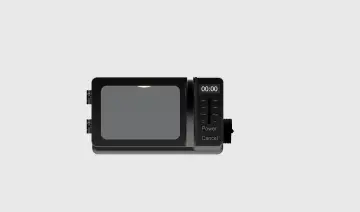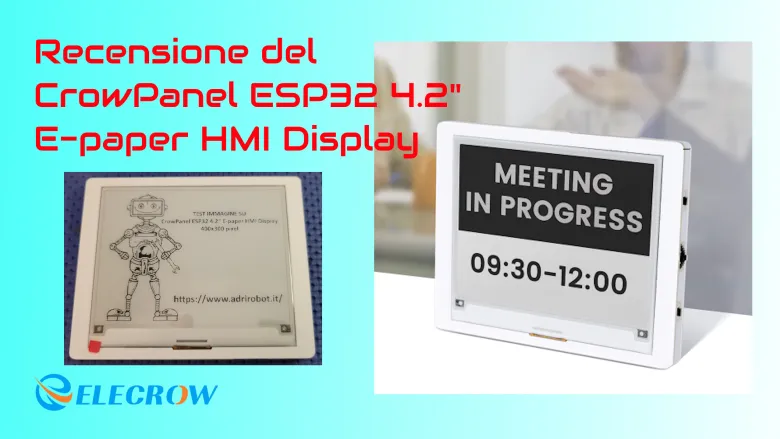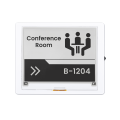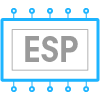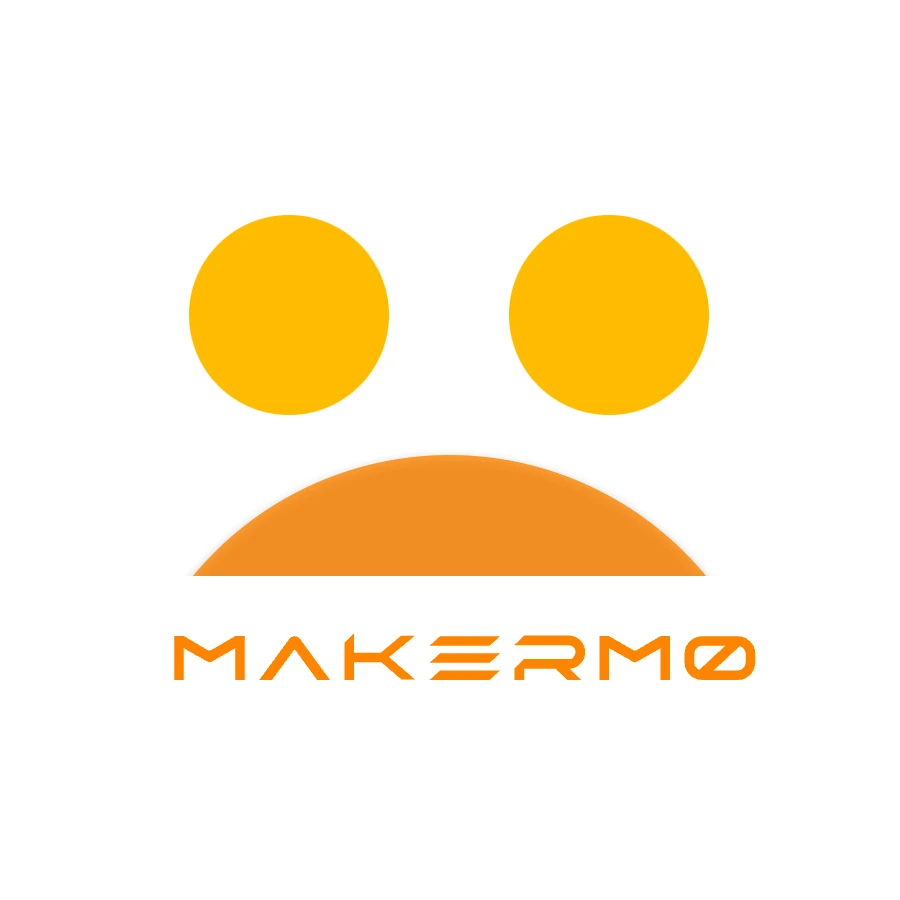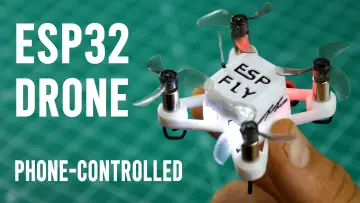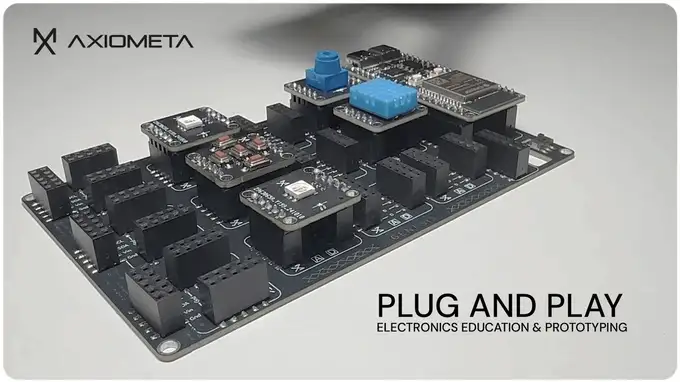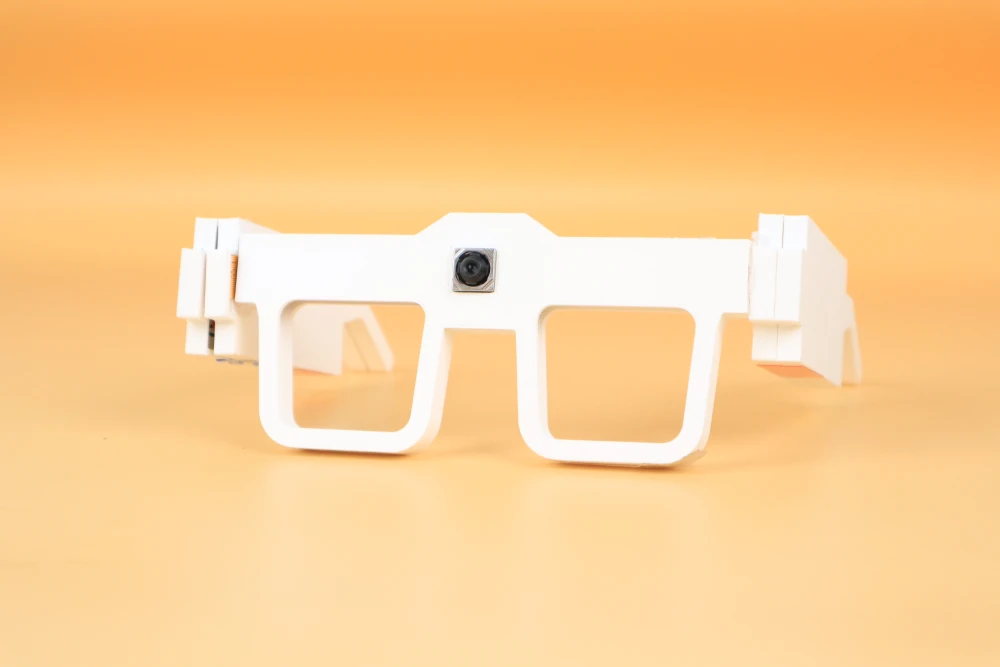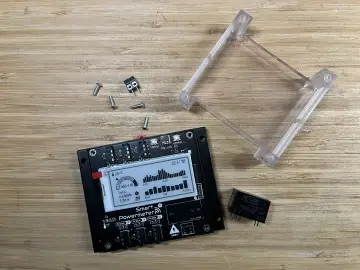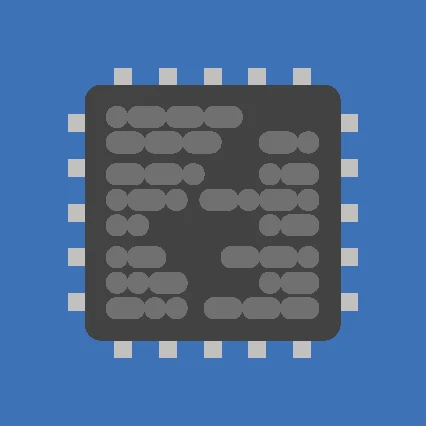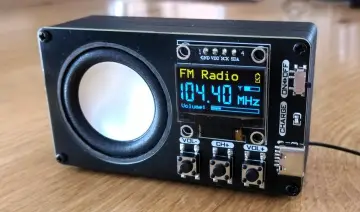Story
Here’s an English summary of the review of the CrowPanel ESP32 4.2″ E‑Paper HMI Display
You can read the full review on my website: Recensione CrowPanel ESP32 4.2” E-paper HMI Display Elecrow
📦 Overview
The CrowPanel by Elecrow combines a 4.2″ black‑and‑white e‑paper display (400×300 px, SPI-driven) with a powerful ESP32‑S3‑WROOM‑1 module (240 MHz CPU, 8 MB Flash + 8 MB PSRAM) and features aimed at low-power human‑machine interfaces
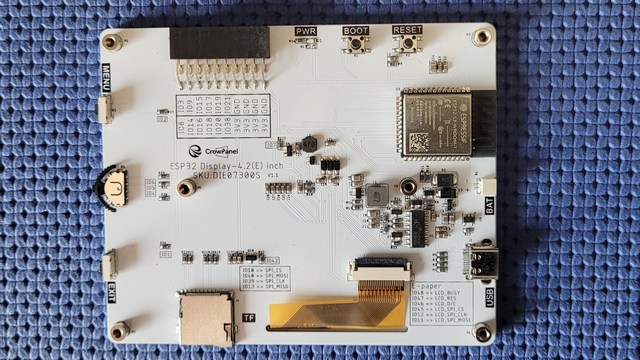
🔧 Key Features
-
E‑Ink display with excellent sunlight readability, full viewing angles, image persistence without power, and very low power usage (only during refresh) .
-
ESP32‑S3 microcontroller offers Wi‑Fi, Bluetooth LE, over‑the‑air updates, and ample memory—ideal for embedded HMI applications
-
Interfaces include:
-
GPIO header (12 pins)
-
Rotary switch + menu/exit buttons
-
UART via onboard CH340C chip
-
USB‑C for programming, power, and battery charging
-
Micro‑SD slot for storing images/data via SPI
-
-
Supports Li‑Po power (2.2–3.7 V), with onboard battery charger (TP4054) and efficient step‑down regulator, plus automatic source switching
🧪 Software & Usability
-
Programmable via Arduino IDE, with compatibility for ESP‑IDF and MicroPython.
-
Elecrow supplies three demos and nine examples, along with an EPD.h library featuring drawing functions (lines, circles, text, partial/full refresh).
-
Tested demos successfully display text and images using standard code snippets—including manual conversions of images via Image2cpp
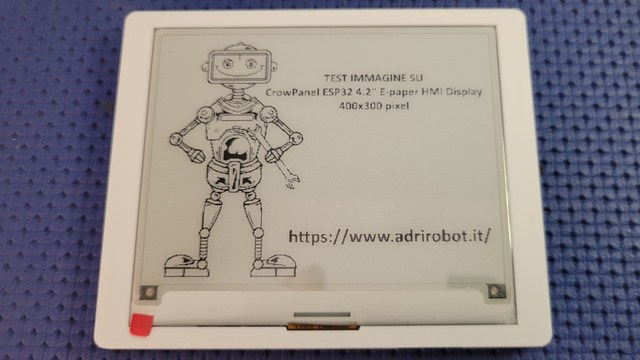
💰 Pricing & Models
-
The tested model is priced around €28.
-
Available in five other sizes ranging from 1.54″ (125 px) to 5.39″ (272×792 px), using different drivers like SSD1680/UC8253
✅ Pros
-
Powerful ESP32‑S3 core with wireless capability for OTA updates
-
I/O header enables sensor/actuator integration
-
Multiple display sizes suit varying applications
-
Minimal power draw affords long battery life
-
Superior contrast and clarity, readable in various lighting
⚠️ Cons & Suggestions
-
Currently only Arduino examples—no MicroPython demos provided
-
Library documentation is sparse; users must rely on example code.
-
Example descriptions are absent; implementations need manual code reading .
-
More localized documentation (e.g., in Italian) would boost accessibility .




